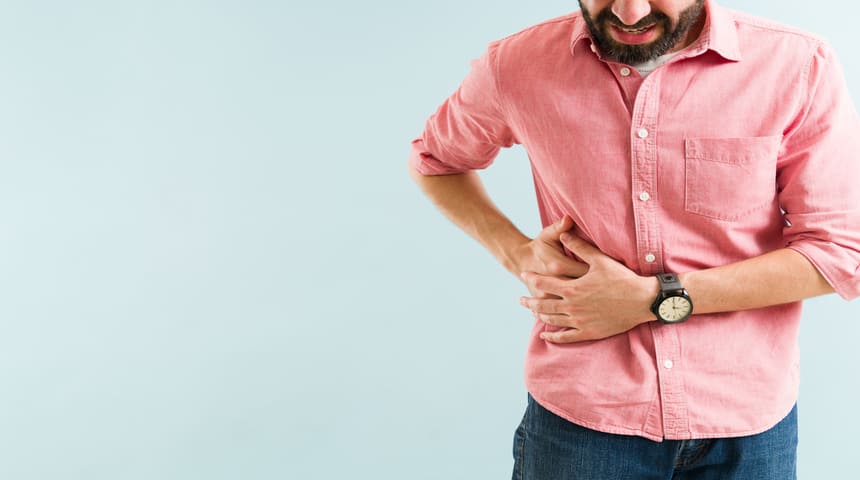Hemorrhoids are simply column-shaped blood vessels lining the inner anal canal that cushion the rectum and anus during bowel movements. They get a bad rap when they become swollen and painful, a common ailment, especially among adults older than 50 and pregnant women.
In the U.S., nearly 4 million office and emergency department visits a year end in a hemorrhoid diagnosis, and hemorrhoids are discovered in one-third of all screening colonoscopies.
Most of us can avoid problem hemorrhoids through a diet high in fiber, regular exercise and good toileting practices — also the first steps in treatment. But if those steps don’t ease your pain, your healthcare provider has other methods to bring you relief and get you sitting comfortably again.
What Causes Hemorrhoids?
Near the end of the long human digestive tract, the large intestine (colon) transitions into the rectum, a muscular tube about 5 inches long that temporarily stores feces. When it’s time for a bowel movement, the rectum pushes the stool through the anus, where it exits the body. As this occurs, hemorrhoids swell slightly with blood to cushion the anal canal, then shrink back to normal after the stool is expelled.
This swell-shrink cycle can be disrupted by excess pressure on the lower rectum, typically caused by one or more of these factors:
- Repeated straining during bowel movements
- Sitting on the toilet for long periods of time
- Chronic constipation or diarrhea
- A diet low in fiber
- Regular lifting of heavy objects
- Pregnancy
Symptoms of Problem Hemorrhoids
Discomfort, itchiness, pain and bleeding are the main symptoms of problem hemorrhoids and may also indicate the type of hemorrhoid problem you have.
An internal hemorrhoid (located inside the rectum) often causes bleeding during a bowel movement but is not usually painful unless it becomes prolapsed – meaning it has pushed outside the anus.
External hemorrhoids generally cause discomfort and pain along with bleeding during bowel movements. If blood pools inside an external hemorrhoid, it can form a clot called a thrombus, which may block blood flow. While this condition is not life-threatening, it can cause severe pain, usually requiring medical intervention.
Treating Hemorrhoids
Problem hemorrhoids, even thrombosed hemorrhoids, often improve on their own, especially if you adopt these habits:
- Eating a diet high in fiber to make stools softer and easier to pass
- Taking fiber supplements to close the gap in your daily requirement of fiber
- Staying hydrated to avoid constipation and keeps stools soft
- Getting regular aerobic exercise to stimulate your bowels
- Leaving the toilet as soon as you’re finished
Meanwhile, over-the-counter medicines may be used to relieve itchiness, swelling and minor pain. But if your pain is severe and your condition lasts, your healthcare provider can discuss additional treatment options, including these minimally invasive office procedures to shrink hemorrhoids:
- Rubber band ligation uses a small rubber band wrapped around the base of the hemorrhoid to cut off its blood supply
- Sclerotherapy, mostly used for internal hemorrhoids, involves injecting a chemical solution to damage blood vessels feeding the hemorrhoid
Surgery is a final resort for hemorrhoids that don’t respond to other treatments or cause severe, continuing pain. The procedure, called a hemorrhoidectomy, will be performed under anesthesia in an operating room or surgical center. The surgeon will completely detach the hemorrhoid and remove it, effectively eliminating the problem.
Are You Interested in Learning More?
Sign up for our e-newsletter for more tips and best practices from pediatricians.
Sign Up Here





